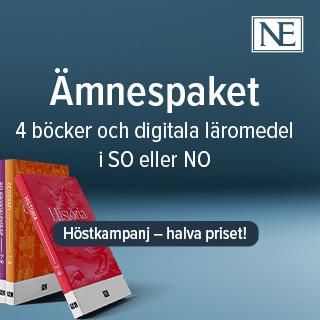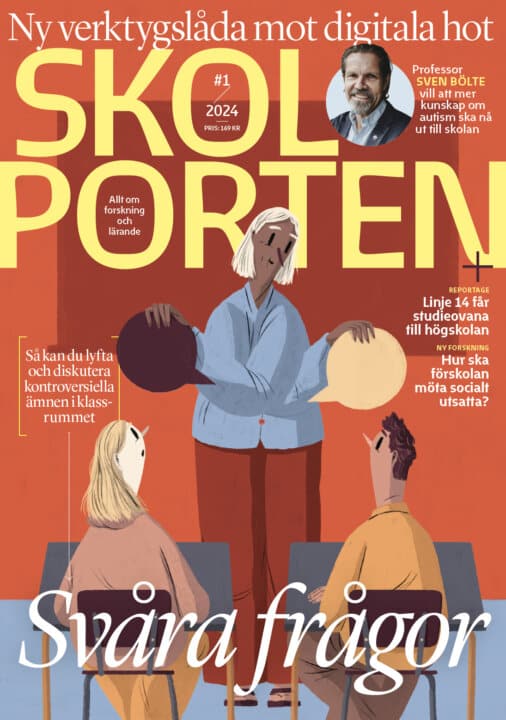Digital technologies in preschool education: The interplay between interactive whiteboards and teachers’ teaching practices
Maryam Bourbour Hosseinbeigi har undersökt de utmaningar som förskollärare möter när digitala teknologier introduceras i förskolan.
Maryam Bourbour Hosseinbeigi
Professor Ann Quennerstedt, Örebro universitet Gunilla Lindqvist, Högskolan i Dalarna Sören Högberg, Högskolan i Dalarna
Docent Sylvana Sofkova Hashemi, Göteborgs universitet.
Högskolan i Dalarna
2020-04-23
Digital technologies in preschool education: The interplay between interactive whiteboards and teachers’ teaching practices
Institutionen för humaniora, utbildnings- och samhällsvetenskap
Digital technologies in preschool education: The interplay between interactive whiteboards and teachers’ teaching practices
This thesis is aimed at exploring the ways in which a digital technology, the interactive whiteboard (IWB), interplays with preschool teachers’ teaching practices. In the literature and ongoing debates there are different claims about if and how digital technologies can contribute to children’s development and solving preschool educational challenges. The ways children learn from and by digital technologies have been widely studied, however, there is relatively little research on how digital technologies interplay with teachers’ teaching. Correspondingly, the approach taken here to the ways in which digital technologies contribute to early childhood education is based on preschool teachers’ practices and reasonings.In particular the focus is placed on the following research questions. How do preschool teachers reason about the embedding of IWB into their teaching practices? How do preschool teachers use IWB to structure their teaching practices? How do preschool teachers scaffold children’s learning processes in a context where IWB is used? How do IWBs mediate teaching actions? and What is privileged in the IWB-mediated teaching actions?
To address these research questions, three sets of empirical data have been collected. These datasets, including interviews with preschool teachers and video observations of their teaching using IWB, were collected in 2012-2013 within the frame of the licentiate thesis and in late 2017 and early 2018 within the framework of the PhD thesis. Analytically, the study is built on a sociocultural perspective that assumes that learning is a constant social process.
The findings of this study provide empirical knowledge regarding how preschool teachers reason about their use of IWB in teaching. The findings of the study, further, show that preschool teachers use diverse strategies to structure their teaching practice using the opportunities that IWB offers. The teachers’ use of IWBs exemplifies the ways they take into account the available technological features to support children’s learning within their ZPD.
In its identification of scaffolding actions, this study provides rich details about how preschool teachers use a particular digital technology, IWB, in their teaching to support children’s learning and development. Scaffolding is seen as a collaborative process where preschool teachers’ active participation and emotional support plays an important role in fulfilling the given practices, and leads children’s learning to a higher level. By exploring how teachers’ teaching actions are meditated by the mediational aspects of IWB and what is privileged in the IWB-mediated teaching actions, the current study, moreover, contributes to mapping the desirable or undesirable consequences of using digital technologies in early childhood education. It also exemplifies how the use of IWB interplays with preschoolt eachers’ teaching practices.
The new dimensions to scaffolding theory constructed in this thesis, further, contribute to expanding of Wood et al. (1976) theory. This can have significance for other studies using digital technologies in educational settings and can contribute to early childhood education, since early interventions, such as the ways preschool teachers support children, are particularly crucial for a child’s learning and their development later on in life.
Relaterade länkar

Fritidshem
 Åk F–6
Åk F–6 Matematikångest
 Åk 4–Vux
Åk 4–Vux 






